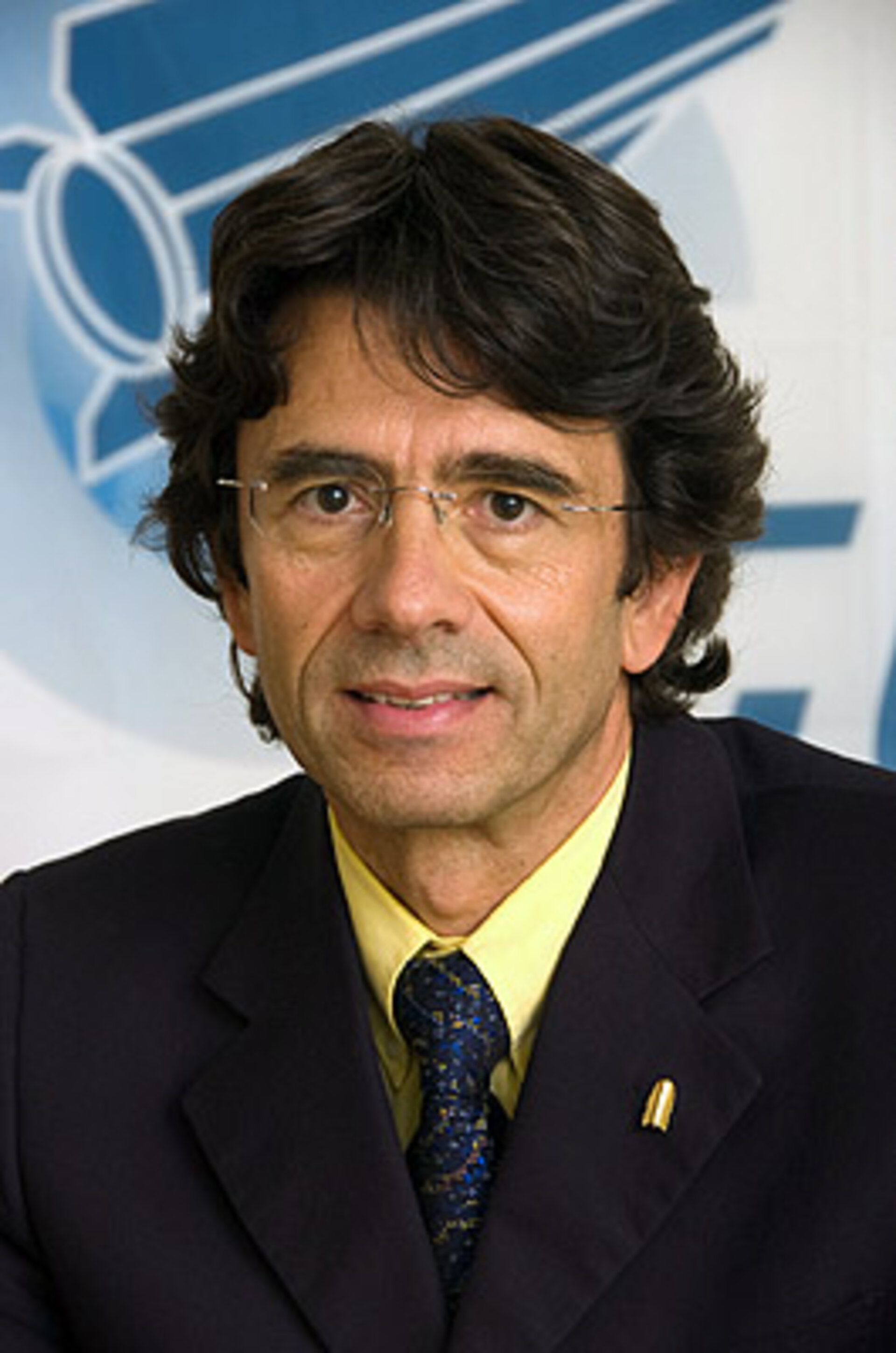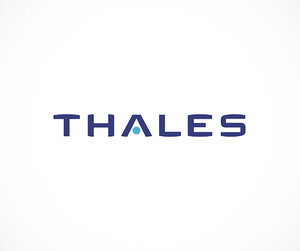GOCE Project Manager: Interview with Danilo Muzi
Danilo Muzi has been responsible for managing ESA's GOCE Project since the mission was selected for implementation at the end of 1999. His role has involved setting up, coordinating and managing the many components that make up this challenging mission.

Danilo Muzi, an Italian national, began working at ESA's European Space Research and Technology Centre (ESTEC) in the Netherlands in 1982. Prior to his role as Project Manager for the GOCE mission he contributed to the development of several other ESA's satellites such as Eureca, Artemis and Envisat.
Muzi earned his PhD in Electrical Engineering from the University of Rome, Italy.
ESA: What does being GOCE Project Manager involve?
Danilo Muzi
As GOCE Project Manager I have been responsible for the implementation and management of all the components that make up the GOCE mission, such as the satellite, ground segment facilities, launch services, preparation of spacecraft operations and so on. Perhaps less obvious, but an important part of managing a complex and challenging project such as GOCE where many people from ESA, industry and scientific institutes are involved, has been to act as a reliable anchor point so that all concerned are assured I can be relied upon. Being Project Manager also entails building and nurturing a strong sense of team spirit, which is essential to ensure that ESA and teams from our industrial partners cooperate as effectively as possible and achieve our common goals. Motivating and leading those involved in the mission has meant, and continues to mean, that I am always keen to give equal attention to problems and achievements by providing guidance, acknowledgement, and of course prepared to take the appropriate course of action when necessary.
ESA: How many people work on the project?
Danilo Muzi
GOCE is truly a European endeavour. Several hundred people in Europe have worked on this demanding programme. The satellite was developed by an industrial consortium of 45 companies distributed over 13 European countries led by Thales Alenia Space - Italy. The infrastructure for the ground segment has also been developed by companies distributed throughout Europe. In particular, from a scientific perspective, a European consortium involving 10 leading European institutes and universities has developed the part of the infrastructure needed to perform the scientific processing of the measurements that satellite will make. The consortium will also participate in the operations with the task of generating the data products that more than 140 institutions worldwide, including 70 principal investigators, have already made plans to use.
GOCE embodies a number of features that are 'firsts'
ESA: GOCE embodies many firsts in terms of its design and use of new technology in space. What challenges has this presented?
Danilo Muzi
Indeed, GOCE embodies a number of features that are 'firsts', such as flying a gradiometer in space, being able to sense the tiny drag caused by the 'collision' between the satellite and atmospheric molecules still present at the unprecedented low orbit, and also being able to accurately compensate for this drag by expelling ions of Xenon from the satellite's electric thruster. Also, the development of its ultra-sensitive accelerometers – 100 times more sensitive than any accelerometer flown in the past – posed a tough challenge. The challenges we faced developing these new technologies were overcome by the motivation and ingenuity of some very talented people indeed. We have succeeded in setting up new manufacturing processes as well as designed and built new equipment and devised new algorithms. All this has been a very enriching experience and I am also very thankful for the support and guidance I have received during all these years from by boss Reinhold Zobl.
ESA: Where will you be for the launch?
Danilo Muzi
I will be at the Plesetsk Cosmodrome in Russia along with about 30 colleagues from ESA and industry. I will have the task of representing ESA vis-à-vis the launcher authorities and, in particular, I will have the responsibility of giving the 'green light' during the countdown procedure, which confirms that satellite and related Launch and Early Orbit Phase (LEOP) ground stations and the Mission Control Centre are 'ready to go'.
Editor's note:
This is one in a series of interviews with a few of the key people that are involved in the GOCE mission. Please check back as the list will be added to over the coming weeks.




